
Mahathir’s Estimated Net Worth – The $40 Billion Reason Why He Spews Racist Remarks Against Chinese & Indian
Mahathir Mohamad has run out of bullet to save his mega-rich children, whose dubious fortune were made during the former prime minister’s 22 years of dictatorship (1981-2003). In fact, the 98-year-old corrupt man could no longer pull a rabbit out of his hat. He is done, finished, game over. He’s living on borrowed time because the God wanted him to see how his dynasty is being destroyed.
Forget what he had said in multiple interviews that he “didn’t care” how his legacy would be remembered. The dictator was a master in reverse psychology, infamous for saying the opposite in his sarcastic trademark. He cares very much how people will remember his legacy, otherwise he would have retired peacefully in 2003, the same way his successor Abdullah Badawi did in 2009.
Heck, not only his entire 22 years of hard work in enriching his children will go to the dogs, he would turn in his grave when people keep insulting him as the son of Iskandar “Kutty”. If there’s one thing he can’t erase, it’s the fact that he isn’t pure Malay, but a corrupt “Mamak”. Out of embarrassment, the only thing he can say is that there were only spoonfuls of Indian blood in him.
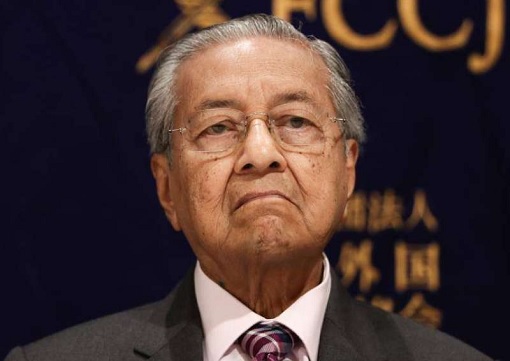
Worse, Mahathir is terrified – even panicked – that he would end up like Marcos, Mubarak, Gaffadi, Saddam Hussein and a long list of 20 notorious corrupt dictators who had gone “kaput and dead” but demonized instead of respected. As a living fossil, Mahathir is now powerless, alone, desperate, frustrated and whatnot, even though he can take some comfort that his family is rich beyond his dream.
When Pharaoh Hosni Mubarak was overthrown in 2011 after 30 years of iron-fist rule, the forner Egyptian president’s fortune was estimated at between US$40 billion and US$70 billion. However, the Washington Post said that based on documents published by top Egyptian lawyers, Mubarak’s clan may have squirreled away US$700 billion in “cash, gold and other state-owned valuables”.
Libyan dictator Muammar Gaddafi, who was killed the same year his buddy Mubarak was toppled, had a net worth of at least US$70 billion. But it was a very conservative figure. Known as the “King of Kings”, Gaddafi was worth over US$200 billion with assets in bank accounts, real estate and corporate investments around the world, thanks to his control over the largest oil reserves in Africa for 41 years.

After the Gaddafi regime lost power, the Obama administration quickly froze about US$37 billion of Libyan assets in the U.S., while the governments in France, Italy, England and Germany had seized another US$30 billion. Investigators estimated that Gaddafi had stashed another US$30 billion elsewhere around the globe. And the dictator was known to keep most of his ill-gotten fortune in Libya.
Saddam Hussein’s fortune was only known to the U.S. authorities after the dictator was interrogated, revealing how US$40 billion was invested abroad in Switzerland, Japan, and Germany, among others, under fictitious company names. Even then, his family managed to take about US$1 billion in cash from the Iraqi central bank shortly before the start of a US-led coalition invasion to topple the dictator.
Till today, Saddam’s assets are still missing. There were rumours that some of his stolen money – approximately €20 billion (US$21.7 billion) in cash – had been secretly flown to Russia from Germany. Experts say the dictator’s wealth has been so effectively hidden – in countries from Latin America to Asia – that the real amount may never be known, as it was hidden within a network of 200 individuals and firms linked to Saddam.
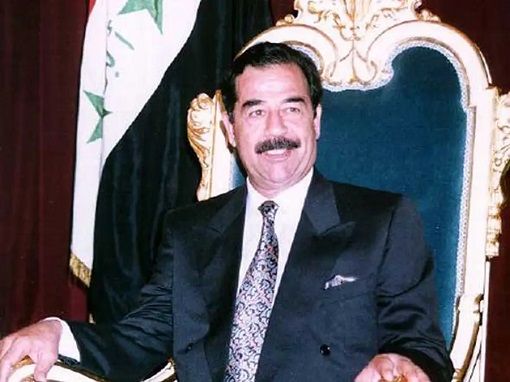
Even when Ben Ali fled Tunisia in January 2011 following popular protests which ended his 23-year rule at the start of what became known as the Arab Spring, his private wealth was estimated at US$13 billion by the World Bank – more than a quarter of the country’s gross domestic product. More than 20% of the Tunisian private sector’s profits went to the family and associates of former dictator Ben Ali.
However, the Tunisian Association for Financial Transparency (ATTF) has estimated Ben Ali had plundered at as much as US$17 billion. Today, 12 years after the dictator falls, the authorities are still struggling to recover his formidable assets – believed to have been stashed away in bank accounts from Argentina and the British-controlled Cayman Islands and Virgin Islands, to Qatar and the United Arab Emirates.
It’s worth noting that in the same year the Arab Spring triggered the end of those dictators, Forbes 2011 official richest man, Mexican Carlos Slim was worth only US$74 billion, while Microsoft’s Bill Gates was worth US$59 billion and Warren Buffett was worth US$39 billion. Therefore, Mubarak, Gaddafi, Ben Ali and Saddam Hussein would have made it to the chart as the richest men in the world.
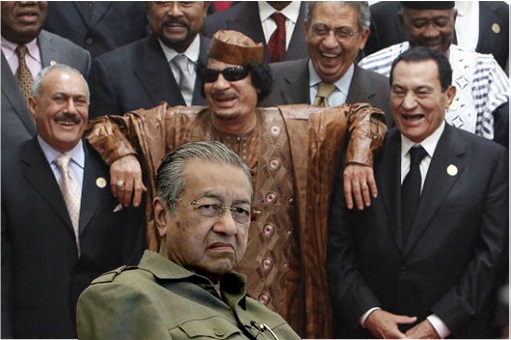
The burning question is – how much was former dictator Mahathir’s fortune? We may not know the exact figure till the government of Anwar Ibrahim starts investigating, grilling and interrogating him and his children. That would take years for obvious reason. But we certainly can estimate the “ill-gotten gains” profited by the Malaysian’s longest-serving prime minister.
If Mahathir was as ruthless as Ben Ali, he would have pocketed a staggering US$55 billion (a quarter of Malaysia’s GDP, which was US$110 billion in 2003). And if based on Mubarak’s total wealth of US$70 billion over 30 years, Mahathir would have made some US$50 billion, or US$44 billion on the downside. Going into extreme like Gaddafi, Pharoah Mahathir could have accumulated US$100 billion.
Even if Mahathir was as conservative as Saddam in corruption, he would have easily made US$40 billion. Coincidentally, Saddam (24 years), Ben Ali (23 years) and Mahathir (22 years) had ruled about 20 years. One of the reasons why we can use Egypt, Libya, Tunisia and Iraq’s former dictators to estimate Mahathir’s net worth is because all the countries are oil producers.
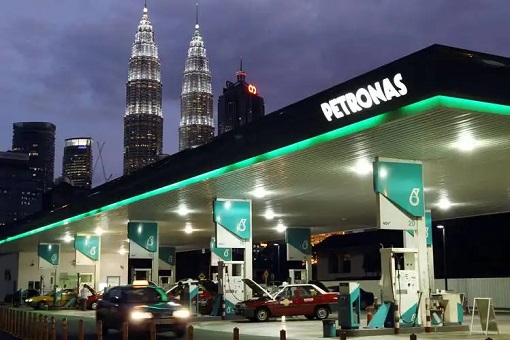
Yes, all the dictators had both hands in the cookie jar called national oil. The incredible rise of national oil company Petronas over the past half-century has solidified the firm’s position as a key pillar of the Malaysian economy, expanding its reach beyond Malaysia and allowing it to emerge as the nation’s sole Fortune Global 500 company. Its total assets in 2022 were a staggering US$158 billion.
Founded in 1974, Petronas’ oil and gas revenue initially contributed 7.8% to the government total revenue in 1975. However, it jumped to 19.8% in 1980, before skyrocketed to 29.9% in 1985 during the Mahathir administration when the premier began aggressively dipping his hands into the cash cow. Soon, there were dozens of “White Elephant” mega projects specially designed to promote corruption.
Within just 33 years (1974-2007), Petronas contributed RM500 billion (half a trillion) to the Malaysian government in dividends, taxes, petroleum proceeds and export duties. In addition, Petronas, which had to report to the Prime Minister’s Office, had to build what was then the tallest building – 36-storey Dayabumi – in the 1980s, followed by the 88-storey Petronas Twin Towers in the 1990s.

Kuala Lumpur International Airport (KLIA) and Putrajaya were built at an estimated cost of US$3.5 billion (RM10 billion) and US$8.1 billion (RM33.3 billion) respectively, not to mention Formula-1 race track and Multimedia Super Corridor (MSC). While a handful projects can be considered useful and successful, most of Mahathir’s “pet projects” were disasters.
For example, Perwaja Steel, a US$465 million joint venture established in 1982 between HICOM and Nippon Steel Corporation was supposed to be the centerpiece of industrialization. However, it was plagued with mismanagement, production woes and a mountain of debt instead, so much so the Mahathir administration said it would swallow Perwaja’s RM9.9 billion in losses.
Proton (Perusahaan Otomobil Nasional), another industrial project, dominated the domestic market because it was protected by an average 200% tariff on imports of foreign-built cars. Yet, despite “Look East” policy, Proton’s technology partner Mitsubishi was merely using Proton to manufacture and market its own models in Malaysia, without any technology transfer at all to Malaysia.
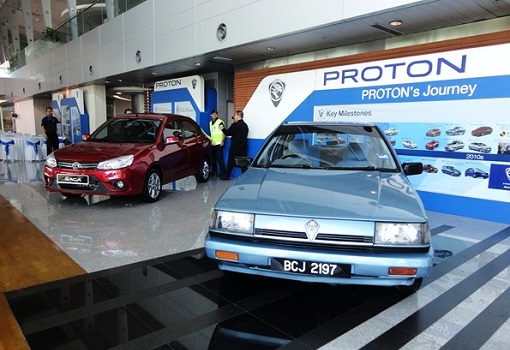
Eventually, Mahathir’s national car project was acquired by Chinese Geely in 2017 (thanks to Najib). It was reported in 2016 that Proton had received RM13.9 billion in government subsidies since it was set up in 1983 in order to stay alive. Mahathir argued it must be continuously protected because it buys parts mostly from Malay vendors and employs almost only Malays.
During the 1997-1998 Asia Financial Crisis, PM Mahathir had to form a RM60 billion fund, sourced mainly from EPF, to bail out his cronies. As his privatization crumbled under the weight of incompetence, corruption and mismanagement during the crisis, companies like Indah Water Konsortium (IWK) was given soft “irrecoverable” loan amounted to RM1.4 billion, while MAS (Malaysia Airlines System) was also bailed out as it sat on a RM9.5 billion debt.
Other companies that enjoyed mega bailouts, just to name a few, included UEM, Malayan Banking, Bank Bumiputra, Sime Bank, KUB, Bank of Commerce, RHB Bank, Ekran’s Bakun Dam Project, Park May-Intrakota bus, Monorail, and even Konsortium Perkapalan Bhd – owned by Mahathir’s son Mirzan whose brilliant business acumen saw the company submerged in debts as much as RM1.7 billion.
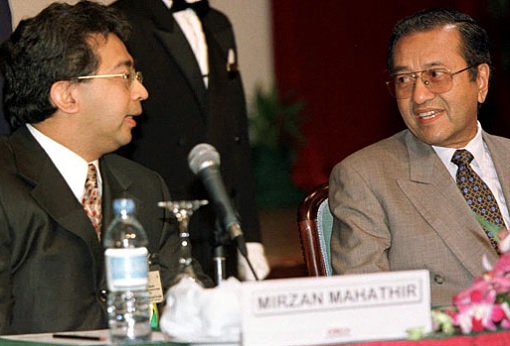
Using “the biggest and the longest” marketing gimmick, Mahathir was an expert in splurging the revenue from the state oil company to build grand projects which were overpriced. Almost all the projects were awarded without open tenders to companies owned by either his cronies or proxies in exchange for favours or kickbacks. Exactly how much money had gone up in smoke?
As Barry Wain’s book, “Malaysian Maverick: Mahathir Mohamad in Turbulent Times”, shows – at least US$100 billion (RM470 billion) went missing during Mahathir’s time as Prime Minister from 1981 to 2003. Of course, the missing money had been siphoned and diverted into the pockets as well as offshore bank accounts of the old fox and his biggest crony and financier – Daim Zainuddin.
That’s why Mahathir went ballistic when the MACC (Malaysian Anti-Corruption Commission) seized the 60-storey Menara Ilham owned by the family of Daim. The tower, built at an estimated cost of US$580 million (RM2.7 billion), is the crown jewel of Daim’s fortune. With all of Daim’s known assets frozen, it effectively cut off Mahathir’s access to money required to overthrow PM Anwar Ibrahim.
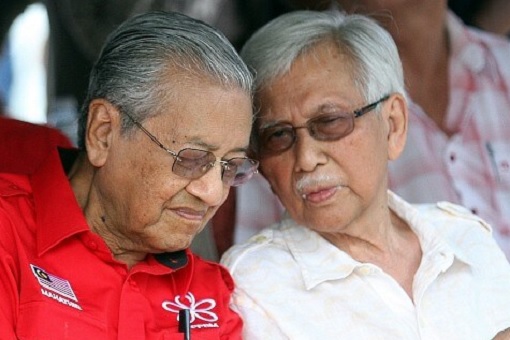
Daim has claimed that had he remained in business instead of joining politics, the value of his asset would be more than RM50 billion. It was like saying if I had invested US$1,000 in Apple in 1980, it would be worth more than US$1.2 million today. Unless Daim is retarded, which obviously he is not, he decided to take up public office because it would allow him to make even more money through political connections and abuse of power.
The fact that he willingly gave up RM50 billion suggests that he had accumulated more than that as a finance minister. His wealth was so massive that he actually once owned a Swiss bank – ICB Banking Group – which operated approximately 222 branches and 130 ATMs worldwide. Under the banking group, it owned another 14 banks throughout Asia. In addition, he was reported to own at least RM65 billion worth of shares in Malaysia stock market.
Conservatively, Mahathir’s net worth estimation was between US$40 billion and US$50 billion, all the way to US$100 billion. And this is why he spewed racist venom – questioning ethnic Indians and Chinese’s loyalty to the country based on a twisted logic that they still want to identify themselves with their respective countries of origin. He was trying to divert attention from investigations over Daim’s wealth.
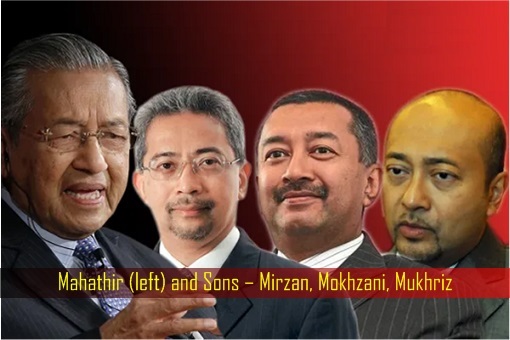
The Malays had dumped him in the Nov 2022 General Election, when he lost not only his Langkawi seat, but also his deposit. Imagine the Malays’ reaction if they discover how the former dictator had stolen so much treasure. Mahathir is throwing everything, including the kitchen sink, to ensure his extraordinary ill-gotten wealth remains a guarded secret by pretending to be the most loyal Malay citizen.
No comments:
Post a Comment